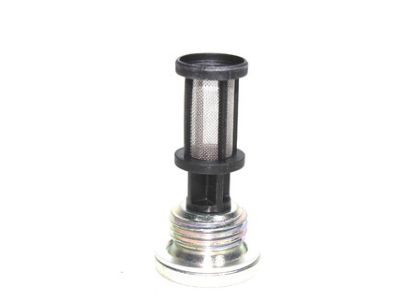×
- Live Chat
- 1-888-726-6993

My Garage
My Account
Cart
Genuine Nissan Versa Oil Filter
Engine Oil filter- Select Vehicle by Model
- Select Vehicle by VIN
Select Vehicle by Model
orMake
Model
Year
Select Vehicle by VIN
For the most accurate results, select vehicle by your VIN (Vehicle Identification Number).
9 Oil Filters found
Nissan Versa Oil Filter Full Case
Part Number: 15208-65F0E$6.27 MSRP: $9.25You Save: $2.98 (33%)Ships in 1-2 Business DaysNissan Versa Oil Filter Assembly
Part Number: 15208-65F0A$6.27 MSRP: $9.25You Save: $2.98 (33%)Ships in 1-3 Business DaysNissan Versa Oil Filter Assembly
Part Number: 15208-65F00$6.27 MSRP: $9.25You Save: $2.98 (33%)Ships in 1-3 Business DaysNissan Versa Oil Filter Assembly
Part Number: 15208-65F0D$6.27 MSRP: $9.25You Save: $2.98 (33%)Ships in 1-2 Business DaysNissan Versa Oil Filter Assembly
Part Number: 15200-AR000$27.04 MSRP: $37.25You Save: $10.21 (28%)Ships in 1-3 Business DaysNissan Versa Oil Strainer Assembly
Part Number: 15050-5RB0A$18.65 MSRP: $25.68You Save: $7.03 (28%)Ships in 1-3 Business DaysNissan Versa Oil Filter Assembly
Part Number: 15200-3AA0A$45.27 MSRP: $62.35You Save: $17.08 (28%)Ships in 1-3 Business Days
Nissan Versa Oil Filter
If you need any OEM Nissan Versa Oil Filter, feel free to choose them out of our huge selection of genuine Nissan Versa Oil Filter. All our parts are offered at unbeatable prices and are supported by the manufacturer's warranty. In addition, we offer quick shipping to have your parts delivered to your door step in a matter of days.
Nissan Versa Oil Filter Parts Questions & Experts Answers
- Q: Why are frequent oil and Oil Filter changes essential for preventive maintenance on Nissan Versa?A: Changing the oil often is especially critical for preventive maintenance, as the old oil gets dilute and consists of contaminants, which results in worn bearings. Also, make sure that all the equipment is ready and there is adequate rag or newspaper to clean up the spills. Leave the car in a flat parking space, switch the engine on until the car has reached operational temperature, and then switch it off. Lift the car with jackstands and put a collector pan under the drain plug and removing it gently using the right wrench and be careful of the hot parts of the exhaust. Old oil must be drained, with the prospect of checking used oil for metal shavings and cleaning the drain plug before it is reinserted. Place the drain pan directly under the oil filter, then tighten a filter wrench around it and turn the filter to unscrew it without splashing the oil. Prepare the surface for filter mounting, make sure there is no remnants of the previous gasket and compare the new filter with the old one which has been removed. I lowered the new filter and lubricated the gasket with the engine oil then fitted it with my bare hands since the gasket came with a copper seal which I didn't use the wrench. After pulling out all the tools and rags, lower the vehicle and pour in four quarts of new oil and in doing so, ensure that you use a funnel to avoid oil spills. Insert the dipstick and look for the oil to touch the H mark on the stick, if all is well, you can start the engine in circulation of the new oil and look for dripping on the floor. Wait for at least five minutes, then check the oil level and add more if you find that the level is, again, low. On the first several rides since the change, do some scouting for some drip and oil checks. Properly get rid of the old oil, by putting it in the right container for the recycling stations and do not dump it in the ground or in the drain.





























